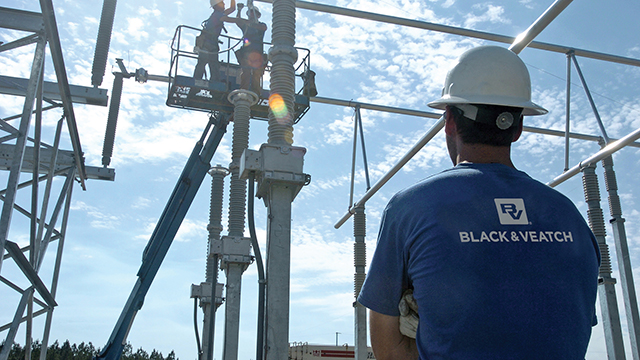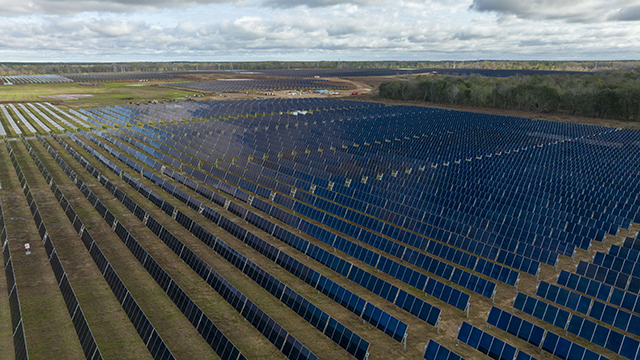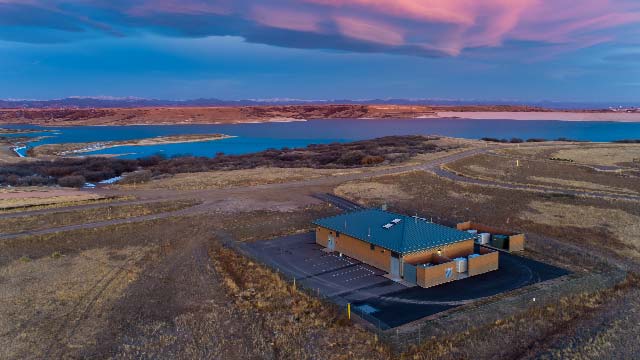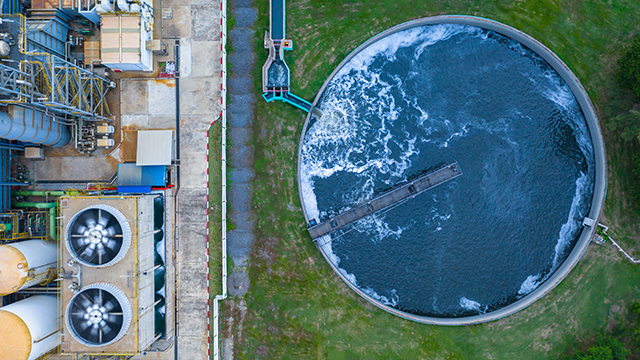As power, oil and gas, water and wastewater utilities begin the process of exploring how to build their next large infrastructure project, the most important decision in the entire process may rest with the selection of the EPC (engineering, procurement, construction) contractor. While many EPC providers exist, they operate in varied fashions – and some of those characteristics are unseen.
Black & Veatch EPC/design-build experts were polled to find out some of the key characteristics that utility owners should examine that are sometimes overlooked or are not obvious. Some of these traits are not evident by visiting a Web site or reading a qualifications and experience cut sheet. They may be undetected, yet they are as vital to the project’s success as the materials and skilled labor that will go into constructing a project.
5 Keys to Selecting Your Next EPC Contractor
5 Keys to Selecting Your Next EPC Contractor
Lean can be defined as “identify waste and eliminate it.” That consists of wasted motion, waiting, extra processing, defects, non-utilized talent, inventory management and more. But identifying it is more of a science than one might think. It takes strong company commitment; time to study movements and processes at a construction site or in an engineering office; the ability and desire to listen to the skilled craft workers and professionals doing the detailed design; and a willingness to implement change and continual improvements. For that very reason, few companies actually implement lean practices. But the payback is very significant – increased productivity, improved safety procedures, more on-time and on-budget performance, and a huge morale booster for craft workers and the engineers involved. Finding a company that pays more than lip service to lean practices can mean a significant improvement to the bottom line through efficiencies, along with a much higher level of engagement and ownership by everyone involved.
Startup and commissioning should not be a part-time profession. Project owners should seek out EPC contractors that offer full-time specialists in this area, and those teams should be fully integrated with the engineering and construction teams. Startup professionals should be involved from the beginning of the proposal, immediately after a project award and at the construction site in the very early phases. They should be planning the pre-commissioning and commissioning, while supporting engineering and construction systems turnover packages. They should be integrated with the design engineers and construction personnel to make sure all the functions and features work exactly as planned when the final commissioning occurs. Startup is the riskiest phase of the construction process since there is little time to recover from any changes, so it is imperative to have experienced personnel that focus 100 percent of their effort on a successful startup and commissioning process.
How involved should an owner be in a project? The answer is “as much as possible.” No utility management team should ever feel as if it hasn’t been included in key decisions. An owner should be part of an integrated team and should seek an EPC provider that encourages such involvement. Owners may also find great satisfaction with “open-to-closed book” contracting, which allows them to see big-ticket purchases and help select equipment manufacturers. On the other hand, some owners, such as independent power producers, need a single lump sum number that they can use for seeking financing. Black & Veatch specialists say utilities should find an EPC provider that offers a full range of contract types and that actively encourages engagement, in order to get the facility that the owners are completely satisfied with.
A strong safety record is much more than just a log of who got injured on the job. In fact, Black & Veatch safety experts say that owners should look at an EPC provider’s safety processes, how they use observation and behavioral-based safety, near-miss (or “good catch”) reporting and first aid trends to avoid injuries. Analyzing these trends and engagement of the workforce into the safety processes is critical to creating a project safety culture that allows the project site to be injury free, every day. Safety is also a major factor in boosting worker morale, productivity and overall plant quality, and should be closely examined by owners looking for EPC contractors.
Project owners can significantly lower their project costs if they are willing to take on some of the more reasonable risk that naturally comes with any large infrastructure project. But what is “reasonable,” and how can owners determine which EPC companies provide the best options? The answer lies in understanding an EPC provider’s “bankability” – that is, the financial strength standing behind the company, as well as its track record, technical savvy, project experience, global reach, areas of expertise, sureties, letters of credit and more. Putting all of this information together will allow owners to look at various contracting models that can potentially share the risk and lower the overall costs. Discovering a company’s bankability can provide a high level of assurance to an owner.
Besides the five key areas listed above, Black & Veatch experts say that project owners should carefully scrutinize recent projects that EPC contractors have undertaken to assure they can meet the complexities of today’s projects. For example, Black & Veatch’s list of EPC projects is expansive, and recent examples include:
• A major air quality control upgrade for a large coal-fired plant in Wisconsin;
• A utility-scale solar photovoltaic power plant in Arizona;
• A water well, storage and pipeline system for emergency drought relief project in Texas;
• A phosphorus recovery plan for major wastewater treatment plant in Chicago, Illinois;
• A 660 megawatt highly advanced combined cycle natural gas power plant in Kentucky.
Project owners should examine how smoothly a project flowed, the working relationship the owner’s team had with the EPC team, how issues were resolved, the EPC team’s ability and willingness to communicate, and the overall transparency of the EPC provider. All of these are unseen attributes that extend far beyond any price quote or legal contract, and often make the difference in the success of a project.
Subject Matter Experts
Ted Pintcke: PintckeTP@bv.com
Blake Childress: ChildressAB@bv.com
Ernie Wright: WrightE@bv.com








